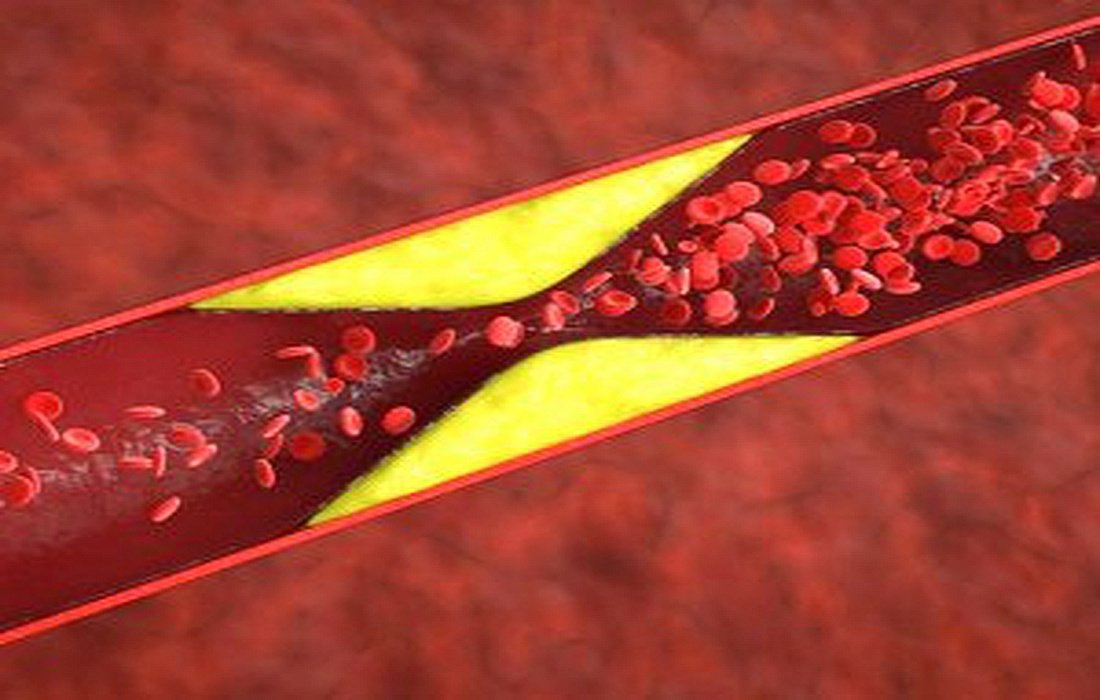Signs of blood clots in the body.
A blood clot can be a silent killer. You may not realize it until it’s too late; however, it’s interesting to know that there are signs indicating a blood clot might exist in your body, which can become dangerous if these clots dislodge and travel through your bloodstream.SelMagzWe will introduce the symptoms to you.
HeadacheSevere
You may experience a severe headache. It’s possible that a blood clot is causing pain as it moves to different parts of the head, resembling a headache.Migraineand it could feel like an explosive headache or chronic tension headache. So, it’s best to find out the cause.

New neurological symptoms
Neurological symptoms such as headache, blurred vision,dizziness, loss of control of part of the body, andseizuresare among the symptoms that require an emergency visit.
Abdominal painSevere
Some experts believe severe abdominal pain should not be ignored, as it can be a sign of a major issue. Sometimes, individuals may experience abdominal pain without any clear reason, necessitating a doctor’s visit.

Leg swelling
If a blood clot forms in a deep vein, it may block blood flow, causing fluids to gather in one spot, leading to swelling and discomfort in the leg. This condition can also affect the heart and lungs, making things dangerous.
Shortness of breath
Shortness of breath usually appears suddenly, worsening with effort and activity, which should also be taken seriously.

Easy bruising or new bruises
If you bruise easily, you might have a clotting issue or blood disorder. Large and frequent bruises, especially on the back or face without a clear cause, can indicate serious problems.
Small red spots on the skin
The round spots that appear on the skin may result from bleeding, causing purple,brownor red marks that may look like an allergy. They typically don’t protrude and do not change color when pressed.
Back pain
The Centers for Disease Control and Prevention recommends that doctors pay attention to headaches, back pain, new neurological symptoms, severe abdominal pain, shortness of breath, leg swelling, and the emergence of red spots, as well as back pain without any reason or injury.
What to do if these symptoms occur?
If you have these symptoms, make sure to see a doctor. The risk of complications is usually higher in the first three weeks after vaccination and gradually decreases. If more than three weeks have passed since the vaccination, the risk of a blood clot is low, and this risk continues to diminish over time.







